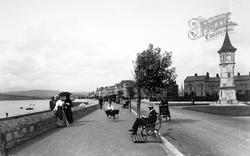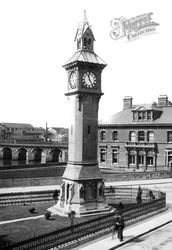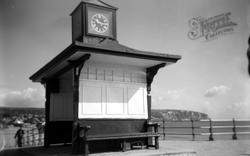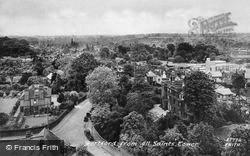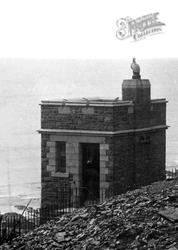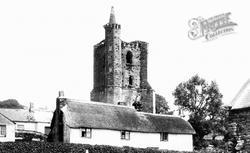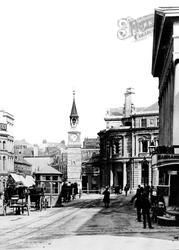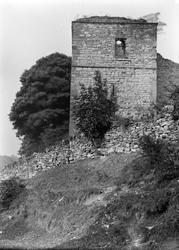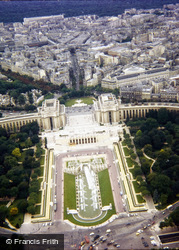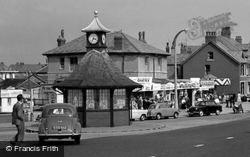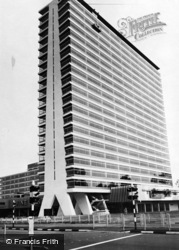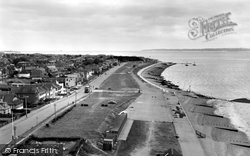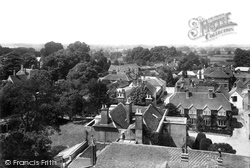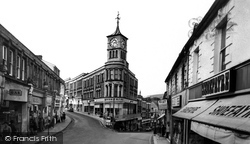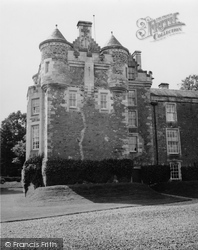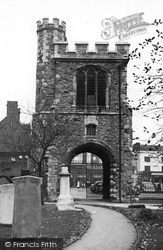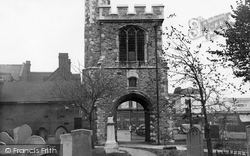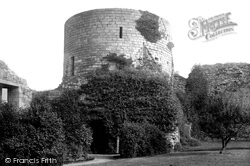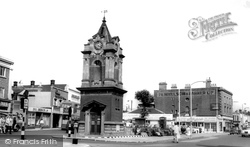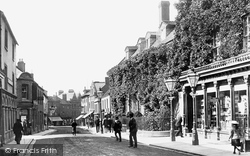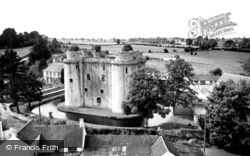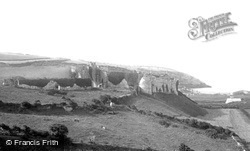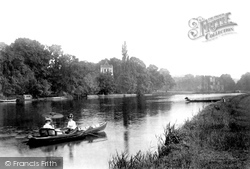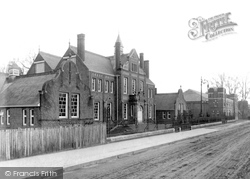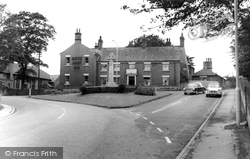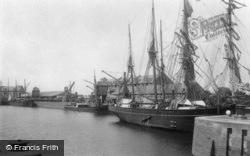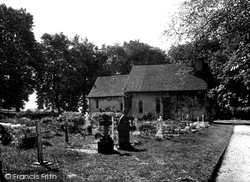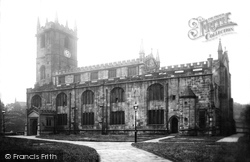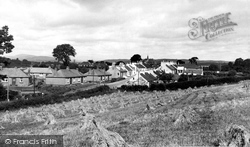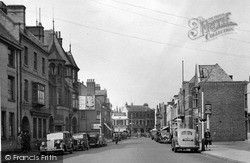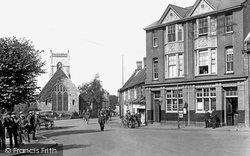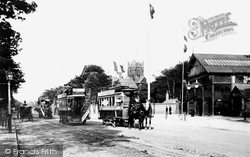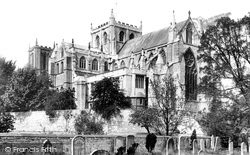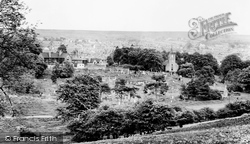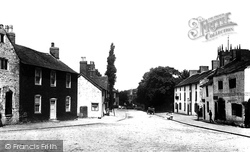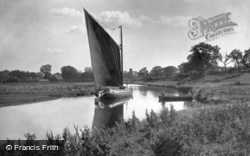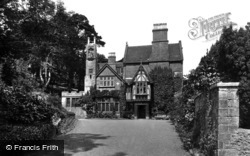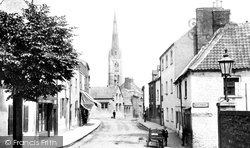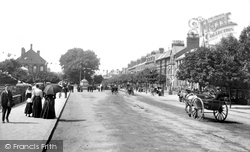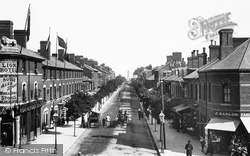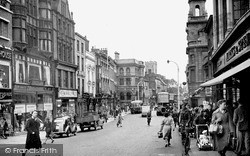Places
36 places found.
Those places high-lighted have photos. All locations may have maps, books and memories.
- Poplar, Middlesex
- Bow, Middlesex
- Bethnal Green, Middlesex
- Stepney, Middlesex
- Alton Towers, Staffordshire
- Isle of Dogs, Middlesex
- Limehouse, Middlesex
- Spitalfields, Middlesex
- Barjarg Tower, Dumfries and Galloway
- Bromley, Middlesex
- Stratford Marsh, Middlesex
- Tower Hill, Merseyside
- Tower Hill, Essex
- St George in the East, Middlesex
- Wapping, Middlesex
- Globe Town, Middlesex
- Old Ford, Middlesex
- Cubitt Town, Middlesex
- Tower Hill, Cheshire
- Tower Hill, Surrey
- Bow Common, Middlesex
- Mile End, Middlesex
- Millwall, Middlesex
- Ratcliff, Middlesex
- Warmley Tower, Avon
- Tower Hill, Hertfordshire
- Tower End, Norfolk
- Tower Hamlets, Kent
- Tower Hill, Devon
- Tower Hill, West Midlands
- Blackwall, Middlesex
- North Woolwich, Middlesex
- Hackney Wick, Middlesex
- Shadwell, Middlesex
- South Bromley, Middlesex
- Tower Hill, Sussex (near Horsham)
Photos
2,720 photos found. Showing results 1,961 to 1,980.
Maps
223 maps found.
Books
1 books found. Showing results 2,353 to 1.
Memories
637 memories found. Showing results 637 to 637.
Captions
3,036 captions found. Showing results 2,353 to 2,376.
At the junction with the High Street in the distance there is now a Millennium clock tower in Ham stone.
At the north end of the village is a tall oblong keep set in a neat moat with massive towers at each angle, which was licensed in 1373 for John de la Mare, Sheriff of Somerset.
The earliest remains in stone are a hall and a small tower, both of which date from the 12th century.
The tower is the chief glory of the chalkstone church, dating from about 1170.
It was designed in Domestic Revival style by local architect E J Shrewsbury, who also designed the Clock Tower, St Paul's Church and many other local buildings. Beyond is the Drill Hall.
Further restoration works were carried out in 1907 (the chancel) and on the bells and tower in 1914.
Beyond is the medieval tower of Skirbeck church, the centre of the village in whose parish medieval Boston was planted: indeed the mighty St Botolph's church was a mere chapel of ease to Skirbeck until
It is only 60ft long, and consists of a nave and a lower chancel. There is no tower, just a small bell turret which was added around 1500.
A flag flies from what is a wonderful vantage point, and the tower itself reminds us that St Peter's has a very good peal of bells.
The church is believed to have been built in 1547, and the attractive round bell tower was added in 1611.
This dependence on the wool trade is recalled in the coats of arms above the door of All Saints' tower.
St Cuthbert's is a medieval church that was entirely rebuilt after its tower fell in 1851.
The church tower is actually a replica of Manchester Cathedral; this was the centrepiece of an 'Old Manchester' exhibition, where a medieval Manchester was recreated.
The cathedral looks massive, but is in fact relatively small; the central and two western towers are of no great height. The original church built by St Wilfred was destroyed in 950 AD.
The church with the central rose window and tower (left) is the Park Street Methodist church, built in 1885–86.
The tower of St Peter's church can just be seen above the roofs on the right-hand side of the picture.
The church tower in the distance is St Benedict's.
A smockmill with a weatherboarded tower, boat shaped cap and octagonal brick base, and powered by four patent shuttered sails and winded by a fantail, it was built beside a millpond; a waterwheel was added
Coram Court, named for the Lyme-born philanthropist Sir Thomas Coram, who founded the Hospital for Foundlings in Brunswick Square, stands beside Coram Tower (to the right).
The chancel arch is a striking feature of the church, as is the 15th-century tower.
The name sign 'East Street' has been reused on a 1960s replacement for the buildings on the right, while beyond the Gothic-style school soars the 280 feet tower and spire of St Wulfram's.
Here we look westward from the Clock Tower, a view taken before glass-roofed arcades were added to the buildings on the right when they became shops.
charmingly rustic stone lion at the left has been replaced by a corner turret and all the buildings are now shops, many of which have been rebuilt, but the view is still terminated by the Jubilee Clock Tower
The 11th-century tower of St Mary le Wigford church peers out amid the later commercial architecture.
Places (38)
Photos (2720)
Memories (637)
Books (1)
Maps (223)


